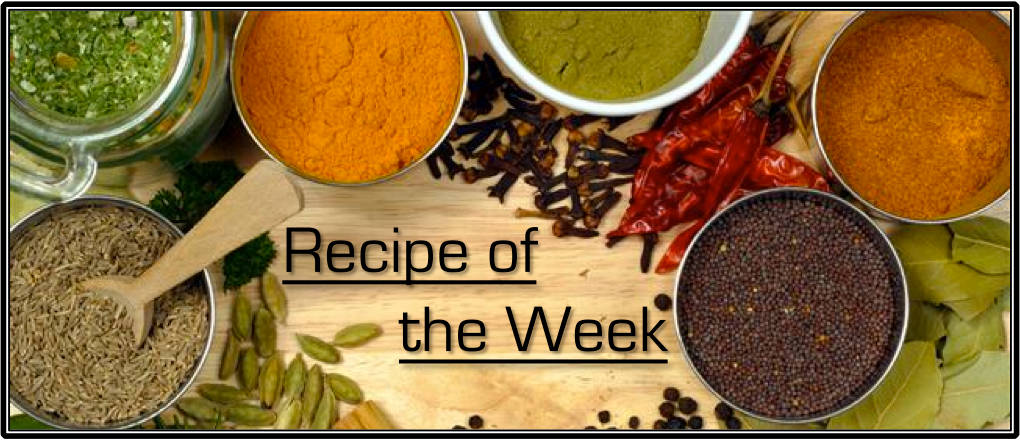The following recipe for Easy Cheeses is from SurvivalBlog reader Mrs. Alaska.
Soft cheeses can be easy.
Below is a beginner’s recipe that requires only milk, salt, and vinegar (or lemon juice). Without additional herbs, the result will be very bland, like Indian paneer, or Italian ricotta, or Mexican cojillo. But once you have made this easy cheese, you may feel emboldened to branch out.
One gallon of milk (or dried milk plus water to equal one gallon) (I have done this with non fat milk and it works, but is blander).
1/4 cup vinegar or lemon juice (or some other acid, I suppose?)
1 TBS salt.
Gently heat the milk to just below boiling (smoking). Stir occasionally. DO NOT SCALD the bottom of the milk or you will have to throw out the whole batch.
Turn off the heat. Stir in the vinegar (up, down, around) for one minute). Curds (thick globs of milk) should start to form immediately) Cover the pot and leave it unattended for 10 -15 minutes.
If, when you check it, the milk is still liquid, warm it up. For example, put the pot in the bottom of a propane powered oven over the pilot light. But if the milk is coagulated, like yogurt, move to the next step.
Set up a big bowl, with a colander over it and a cheese cloth or stocking or loosely sewn T shirt over the colander. Gently pour the curds (the yogurt like solids) and the whey (the greenish clear liquid) through the fabric.
You will end up with about 2/3 liquid and 1/3 solid.
Do not toss the liquid. The whey is a great water replacement in bread or rice or pancakes and animals lap it up, too.
Gently squeeze the curds in the cloth to reduce the liquid.
You can eat this as is, as cottage cheese. You can hand mix in (like kneading dough) salt and other flavorings. For example, if you want a sweet cheese for a breakfast danish, add sugar or honey. Or for a savory cheese, add herbs, spices, onions, garlic. To save the cheese for a week or more, tighten the cloth around the cheese by twisting it over a bowl to collect the whey, and let it drain overnight.
The next day, your cheese will be crumbly. Full-fat milk cheese will be creamier than low-fat cheese. Either way, the flavors you added will intensify over several days.
Refrigerate the cheese. It will remain edible for up to a week, otherwise, you should freeze it.
—
This article first appeared at Mrs. Alaska’s informative blog. It is re-posted with permission.
—
Do you have a well-tested recipe that would be of interest to SurvivalBlog readers? In this weekly recipe column, we place emphasis on recipes that use long-term storage foods, recipes for wild game, dutch oven recipes, slow cooker recipes, and any recipes that use home garden produce. If you have any favorite recipes, then please send them via e-mail. Thanks!










